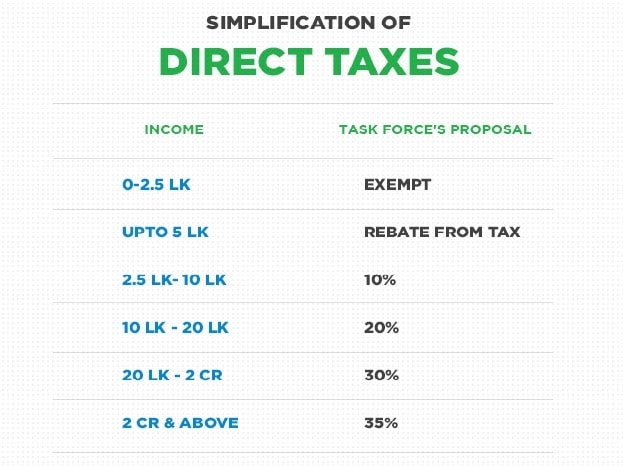The Indian government announced its most sweeping bank overhaul in decades, minutes before data showed economic growth in Asia’s No. 3 economy slumped to a six-year low.
Four new lenders that result from a series of state-run bank mergers will hold business worth ₹55.8 trillion ($781 billion), or about 56% of the Indian banking industry, Finance Minister Nirmala Sitharaman said at a briefing in New Delhi on Friday. The government will inject a combined ₹55,250 crore of capital into these entities, she said.
The government will ensure that no bank employee is hurt by the decisions, Finance Secretary Rajeev Kumar said at the briefing. He added that no one lost their job when the government helped facilitate a merger of Dena Bank and Vijaya Bank with Bank of Baroda last year, creating the third-largest bank by loans in the country.
Prime Minister Narendra Modi is counting on larger and healthier banks to spur fresh credit and revive economic growth that came in far lower than economists expected. A slump in domestic demand and the world’s worst bad-loan ratio had been restricting scope for a revival in investment.
Banks with strong national presence and global reach is what we want," Sitharaman said at the briefing. “Scaling up will only allow them to have lot more resources and therefore the lending cost can come down."
Twelve solidly present, well-consolidated, energised, adequately capital endowed banks will now operate," said Sitharaman told a news conference.
India will now have 12 state-run banks instead of 27. The 10-member S&P BSE Bankex index rose 0.6% in Mumbai on Friday before the decisions were announced, compared with a 0.7% gain in the benchmark gauge.
‘Bigger Issue’
“Just increasing the size of balance sheets and combining operations of banks will only reduce the number of state-owned lenders but asset quality stress is unlikely to be taken care of," said Avinash Gorakshakar, head of research at Joindre Capital Services Ltd. in Mumbai. “The bigger issue still remains as how risk profiling would improve banks’ bad-loan ratio ahead."
After returning to power with a stronger mandate, Modi has been grappling with an economy still hurting from the fallout of his cash ban in 2016 and the botched rollout of a nationwide sales tax. A bad-loan clean up in the banking sector has contained credit to companies and a crisis among shadow lenders is denying consumers loans to buy goods like cars and refrigerators. Meanwhile unemployment is at a 45-year high as companies refrain from new investments.
Data on Friday showed gross domestic product growth slowed for a fifth straight quarter to 5% in the three months ended June. That’s slower than the 5.7% expansion predicted in a Bloomberg survey. The rupee pared gains in the offshore market.
India’s state banks last week pledged that they would pass on all policy-rate cuts to their customers, which means Indian borrowers would benefit from the most aggressive monetary easing in Asia this year. In a spate of announcements within the space of a week, the government has eased foreign investment rules and given concessions on vehicle purchases. It also secured more fiscal space to stimulate the economy with a windfall from the central bank in excess of $24 billion.
Clearly consolidation from our perspective is not a remedy or a panacea," Saswata Guha, director and head of financial institutions at Fitch Ratings in India, told BloombergQuint. “Those issues still need to be resolved.







